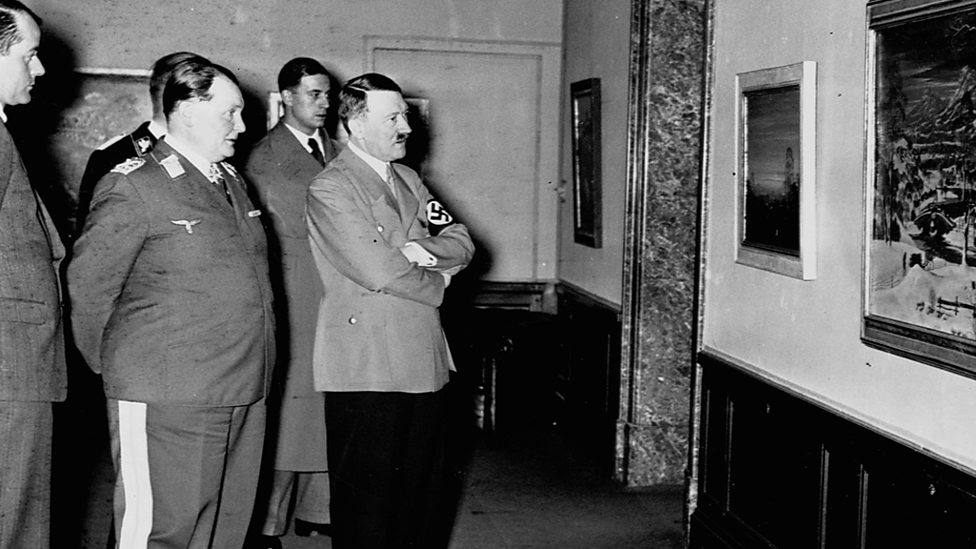Wes Wilson:
Wes Wilson is generally accepted as the “father of the 1960s rock concert poster” and he considers himself as the first psychedelic poster artist. In addition, he invented the style that is now synonymous with the peace movement and the psychedelic era.
Wilson’s posters were intended for a certain audience- one that was tuned in to the psychedelic experience- and to do so, he translated the sights and sounds of counterculture society into psychedelic iconography. His work quickly moved from psychedelic subculture into the mainstream culture by taking what he understood about promotional art and turning it upside down.
Continue reading “And the Psychedelic Poster was Born”


